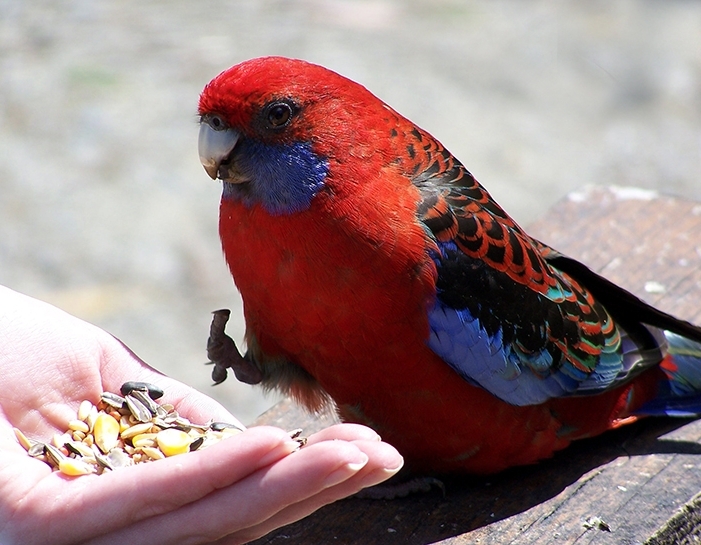Monthly Archives: November 2014
-
Posted: November 07, 2014Read more »
Have you ever wondered what is out there under the night sky of Australia? Astronomy has captivated humanity since we first looked up at the stars above us. There are a huge variety of affordable saxon telescopes available that can help you explore the cosmos in comfort and ease – but selecting the right model can prove intimidating for a novice.
To understand how your telescope works, it may be best to go back to basics. There are three main designs of telescopes available – refractor, reflector, or catadioptric. Refractors have the lens up at the front of the tube, reflectors gather light using a mirror at the back of the tube, while catadioptric telescopes use a combination of both.
Here is a brief breakdown of their differences:
- Refractor – Refractor telescopes are what most people think of when they imagine a telescope. The lens is up front, and they are generally easy to maintain. However, they rapidly get much more expensive
-
Posted: November 07, 2014|Read more »

Birdwatching is a sport that becomes more and more popular every year. In Australia alone there are over 760 species of birds, divided into six categories. Those who enjoy the activity of birding as it is lovingly called, take on several forms. There are weekenders who travel to the wild places on weekends and vacation to see their local aviary friends. Others will travel to different continents, jungles, deserts, and forests to achieve their birding fix.
There are four things every birdwatcher needs, regardless whether they are novice or professional hobbyists:
- A good pair of binoculars
- A field guide to local birds
- A journal; and
- Perseverance.
Binoculars
No
-
Posted: November 06, 2014Read more »
Many people think of microscopes as synonymous with lab coats, complicated research, and rooms full of highly technical equipment. But in fact, a quality microscope is a wonderful tool for anyone with an interest in the natural world, regardless of their background.
Far from being complicated gadgets requiring a high level of training, microscopes are really quite easy to use. While there are a few basic techniques and terms to learn, the principle is as simple as choosing something to examine, placing it on a glass slide, and then adjusting the focus and level of magnification to suit your needs and preferences. Adjusting the focus for maximum clarity can take a little practice, but it’s no more difficult than adjusting binoculars.
There’s a fascinating microscopic world all around you – even inside your own body – and a microscope is a great way to discover it. Every drop of pond water and pinch of garden soil is simply teeming with diverse microbial
